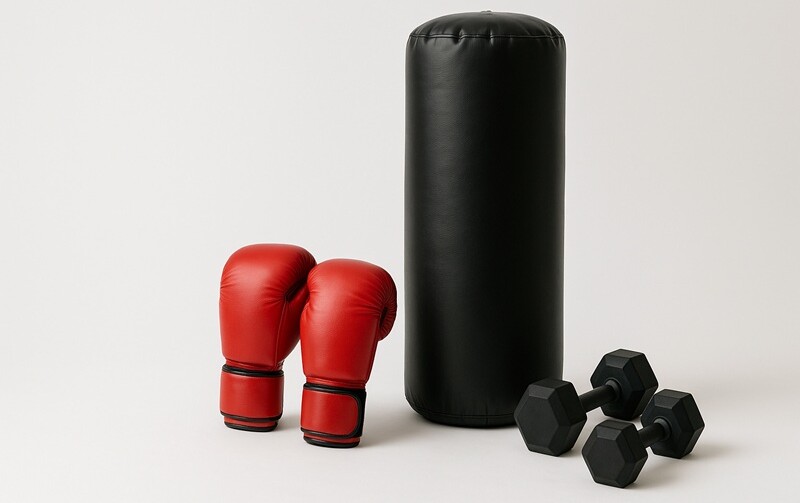1. Protective Gear
Even in non-contact routines, protective equipment stabilizes joints and cushions impacts. Investing in quality gear will extend the lifespan of your equipment and keep you training safely.
Hand Wraps
Hand wraps support the wrist and knuckles by distributing force over a larger surface area. A common choice is a 2.5–3 m cotton blend wrap, which offers durability and breathability.
Practice proper wrapping techniques—starting at the wrist, securing the thumb, and crisscrossing over the knuckles—to minimize sprains. Many sporting-goods retailers allow you to demo wraps or accept returns if the fit isn’t right.
Kickboxing Gloves
Gloves protect both your hands and the striking surface. For home workouts, 12–16 oz gloves balance comfort, shock absorption and wrist support. Look for multi-layer foam and a wide hook-and-loop wrist strap.
Fit is critical: gloves should feel snug without impeding circulation. Try on several pairs to find the right size and shape for your hand anatomy.
Mouthguard
A boil-and-bite mouthguard guards against accidental teeth impacts during fast combinations or slip-up punches. Even non-sparring athletes benefit from dental protection.
After molding to your teeth, store the guard in a ventilated case and clean it with mild soap to prevent bacterial growth.
2. Training Surface & Space
Clear floor space and the right flooring material are essential for safe footwork and dynamic drills. A dedicated area reduces the risk of slips and protects your home surfaces.
EVA Foam Mats
Interlocking EVA mats, at 1–1.5 cm thickness, provide cushioning for lunges, kicks and jumps without compromising stability. Arrange at least a 2 × 2 m area to allow freedom of movement.
Mats also protect hardwood or tile floors from sweat and scuff marks, and can be easily cleaned with a damp cloth and mild detergent.
Ceiling Height & Clearance
Ensure at least 2.5 m of overhead clearance to accommodate high kicks and arm movements. Leave 1 m of space on all sides to avoid striking walls or furniture.
Move obstacles like chairs or small tables out of the way before each session to maintain a safe training zone.
Ventilation & Lighting
Good airflow prevents overheating and reduces humidity, which can make floors slippery. A fan or open window helps maintain comfort during intense sessions.
Bright, even lighting reduces eye strain and improves your ability to monitor form—consider positioning your workout space near a window or under overhead lights.
3. Striking Targets & Resistance Tools
While a heavy bag is ideal, there are compact alternatives and resistance tools that deliver effective feedback and power development.
Freestanding or Compact Bags
If ceiling mounts aren’t an option, freestanding bags filled with sand or water offer realistic resistance in a small footprint. Some inflatable “aqua bags” are designed specifically for home use.
Check stability: the base should hold firm during combinations without tipping over.
Resistance Bands
Heavy-duty bands add tension to punches and kicks, training muscles through the full range of motion. Loop a band under your front foot and hold the ends as you strike to build explosive power.
Lighter bands work well for shoulder warm-ups and hip mobility drills—use them during your dynamic warm-up to prep joints.
Focus Pads & Wall-Mounted Pads
If you train with a partner, focus mitts deliver real-time feedback on speed, accuracy and timing. For solo drills, adhesive or screw-mounted strike pads on a sturdy wall simulate target practice.
Vary the pad height to practice combinations at different levels—high, chest and low—to improve versatility.
4. Optional Performance Accessories
Once you’ve covered the essentials, supplementary tools can enhance coordination, agility and cardiovascular endurance.
Jump Rope
Skipping builds foot speed, timing and aerobic capacity—key attributes for kickboxing. Aim for 5–10 minutes of varied footwork drills: single leg hops, high-knee runs and double unders.
Select a rope length that reaches just below your armpits when you stand on the center of the rope.
Agility Ladder & Cones
Ladder drills (e.g., ickey shuffle, in-and-out) improve footwork precision and neuromuscular coordination. Cones set up lateral shuffle and pivot drills that mimic ring movement.
Combine these drills with short sprint bursts for a high-intensity finisher.
Kettlebells & Dumbbells
Light kettlebells (6–12 kg) and dumbbells (3–8 kg) reinforce hip drive and shoulder stability. Exercises like swings, goblet squats and single-arm presses translate to more powerful strikes.
Incorporate 2–3 sets of 8–12 reps into your strength circuits to complement your striking work.
Ready to refine your technique further? Explore our Boxing Fitness classes or schedule a session with one of our coaches via Personal Training for personalized guidance.

